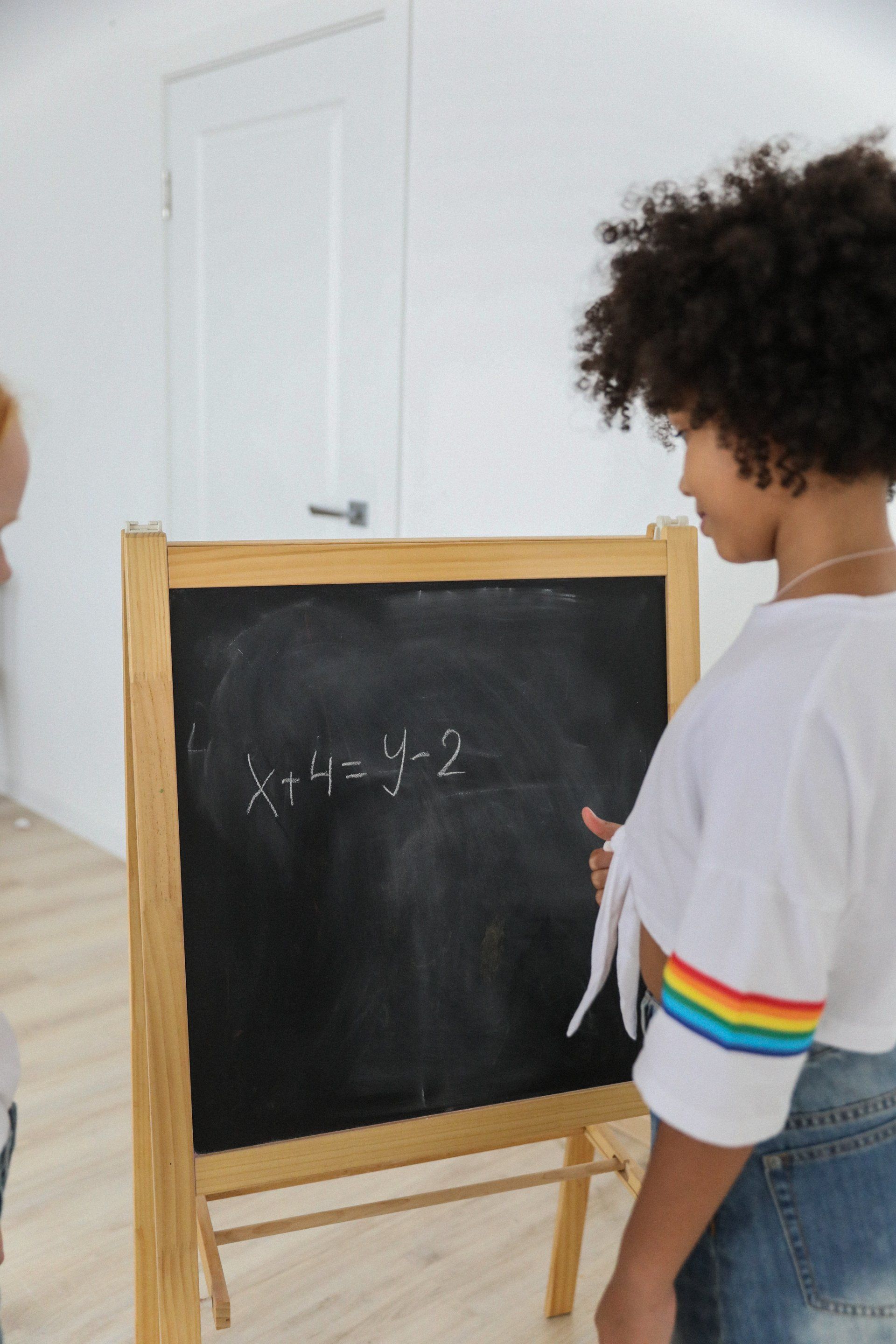Weekly Sessions
Reading
A reading tutoring session is a structured and personalized educational experience designed to enhance a student's reading skills and comprehension abilities. Here's an overview of what typically happens during a reading tutoring session:
- Assessment: The session often begins with an assessment to gauge the student's current reading level, strengths, and areas that need improvement. This assessment helps the tutor tailor the session to the student's specific needs.
- Goal Setting: The tutor and student collaboratively set achievable goals for the session. These goals could include improving reading fluency, comprehension, vocabulary, or targeting specific reading difficulties.
- Individualized Instruction: The tutor provides one-on-one instruction, adapting teaching methods to suit the student's learning style. They may use various reading materials, such as books, articles, or educational software, depending on the student's age and level.
- Reading Exercises: Reading exercises are an integral part of the session. These exercises may involve reading aloud, silent reading, comprehension questions, vocabulary building, and discussions on the text's content.
- Phonics and Word Recognition: For younger readers or those struggling with phonics, tutors often focus on phonemic awareness and word recognition. They help students decode words, understand phonetic rules, and improve their pronunciation.
- Comprehension Strategies: Tutors teach comprehension strategies, such as summarizing, predicting, making inferences, and connecting the text to the student's own experiences. These strategies enhance a student's ability to understand and engage with the material.
- Guided Reading: Tutors may engage in guided reading sessions where they read a text together with the student, discussing key points, vocabulary, and comprehension as they progress.
- Homework and Practice: Tutors assign homework or reading assignments to reinforce the concepts learned during the session. Regular practice outside of tutoring sessions is crucial for improvement.
- Progress Monitoring: Throughout the tutoring process, the tutor monitors the student's progress and adjusts the instruction as needed. Progress may be measured through regular assessments or reading fluency checks.
- Motivation and Confidence Building: Tutors often work on building the student's confidence and motivation to read. They encourage a love for reading by selecting materials aligned with the student's interests.
- Feedback and Support: The session concludes with constructive feedback on the student's performance. Tutors may also provide tips for effective reading strategies and suggest resources for further improvement.
- Parent Communication: Tutors may communicate with parents or guardians to provide updates on the student's progress and suggest ways to support reading at home.
Overall, a reading tutoring session aims to equip students with the skills, strategies, and confidence they need to become proficient readers who can independently engage with a wide range of texts.
Math
A math tutoring session is a structured and focused educational session designed to help students improve their mathematical skills and understanding. Here's an overview of what typically happens during a math tutoring session:
- Assessment: The session often begins with an assessment to determine the student's current mathematical proficiency, identify strengths and weaknesses, and pinpoint areas that require improvement. This assessment serves as a baseline for the tutoring process.
- Goal Setting: The tutor and student collaborate to set clear, achievable goals for the session. These goals may include improving problem-solving skills, mastering specific math concepts, or preparing for upcoming exams.
- Individualized Instruction: The tutor provides personalized one-on-one instruction, tailoring teaching methods to the student's learning style and needs. They may use various math resources, textbooks, worksheets, or interactive math software, depending on the student's grade level and goals.
- Concept Reinforcement: Tutors often focus on reinforcing core math concepts. This may involve explaining mathematical principles, demonstrating problem-solving techniques, and providing examples and practice exercises.
- Problem Solving: A significant portion of the session is dedicated to solving math problems. Tutors guide students through the process, encouraging critical thinking, logical reasoning, and step-by-step problem-solving strategies.
- Math Homework and Assignments: Tutors assist students with their math homework and assignments, ensuring they understand the concepts and methods required to complete the tasks independently.
- Review and Practice: Tutors review previously learned material and encourage students to practice regularly to reinforce their understanding of mathematical concepts and improve their fluency.
- Mathematics Enrichment: For advanced students or those seeking enrichment, tutors may introduce advanced mathematical topics, challenging problems, or exploration of mathematical concepts beyond the regular curriculum.
- Test Preparation: If the student is preparing for math tests or standardized exams, tutors focus on test-taking strategies, time management, and practice exams to build confidence and competence.
- Progress Tracking: Tutors continuously monitor the student's progress, offering feedback and adjusting the instruction as needed. They may use assessments or quizzes to gauge improvement.
- Motivation and Confidence Building: Tutors work to boost the student's confidence in math by providing encouragement and praising efforts. They help students see that math is a learnable skill and that mistakes are opportunities for growth.
- Parent Communication: Tutors often communicate with parents or guardians to share updates on the student's progress, suggest ways for parents to support learning at home, and discuss any concerns or challenges.
A math tutoring session aims to equip students with the skills, knowledge, and confidence needed to excel in mathematics. It is a dynamic process that adapts to the student's unique needs and progresses at a pace that promotes understanding and mastery of mathematical concepts.








